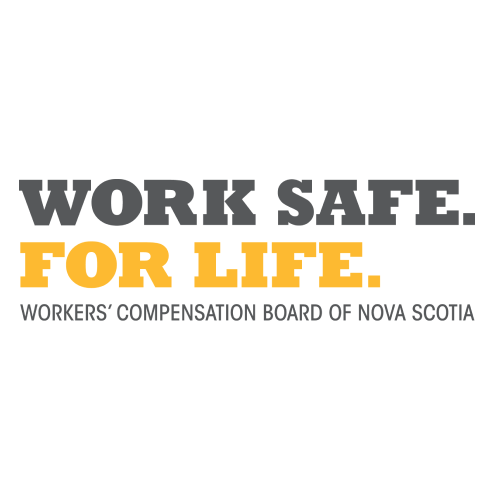HALIFAX, NS: Released during national Safety and Health Week, WCB Nova Scotia’s Impact of Workplace Injury Report for 2023 shows continued improvement in the long-term trend of workplace injury’s impact.The province’s time-loss injury rate improved to 1.40 injuries per 100 covered workers in 2023, down from 1.54 the previous year. This number has been steadily declining for decades, and is half what it was in 2003.
Of 20,487 total injuries in the province, 5,217 of them led to three or more days off work. That’s down from 5,420 time-loss injuries in 2022.
There were encouraging improvements in the province’s home-care sector. Although it still has the highest rate of injury in the province, the rate improved by 15 per cent, from 6.85 to 5.84 injuries per 100 covered workers. The improvements reflect long-term efforts in a partnership with government, employers and many partners in the long-term care, home care and disability support sectors, including the Better Safety, Better Care campaign.
“It’s critical that we continue to protect these Nova Scotians from injury’s impact,” says Karen Adams, CEO of WCB Nova Scotia. “Their work is so important.”
And although people take longer to return to their full pre-injury job duties than in many other provinces, there was improvement in 2023. Days paid lost to workplace injury declined by 59,000 days in 2023.That’s about 160 person-years of work – Nova Scotians back on the job and working in sectors where they’re needed most, like health care and construction.
“We still have a long way to go, but every day not lost to work is a day the Nova Scotia economy needs,” Adams says. “All roads should lead to return-to-work. That’s how we will reduce the cost of workers’ compensation in our province, and more importantly, its impact on the workforce, and on Nova Scotian families.”
Psychological injury due to acute reactions to traumatic event(s) increased in 2023, with 159 Nova Scotians hurt in this way – up from 135 the year before. In September 2024, gradual onset psychological workplace injury becomes compensable.
Several large industries continue to make progress on injury prevention. Both construction and manufacturing saw positive change in their injury rates in 2023, with construction improving to 1.52 from 1.70 and manufacturing improving to 1.38 from 1.69, compared to 2022.
The injury rate improved in the overall health and social services sector by almost 14 per cent, achieving 2.35 in 2023, down from 2.72 the previous year. Health and Social Services is the largest industry sector in the province and accounts for the highest volume of time-loss injuries at 1,516 – almost three times as many as construction, the next closest sector.
2024 marks the first year of WCB’s new seven-year strategic plan. It’s a road map to protecting more Nova Scotians from workplace injury, supporting safe and timely return to work, and, providing exceptional service.



